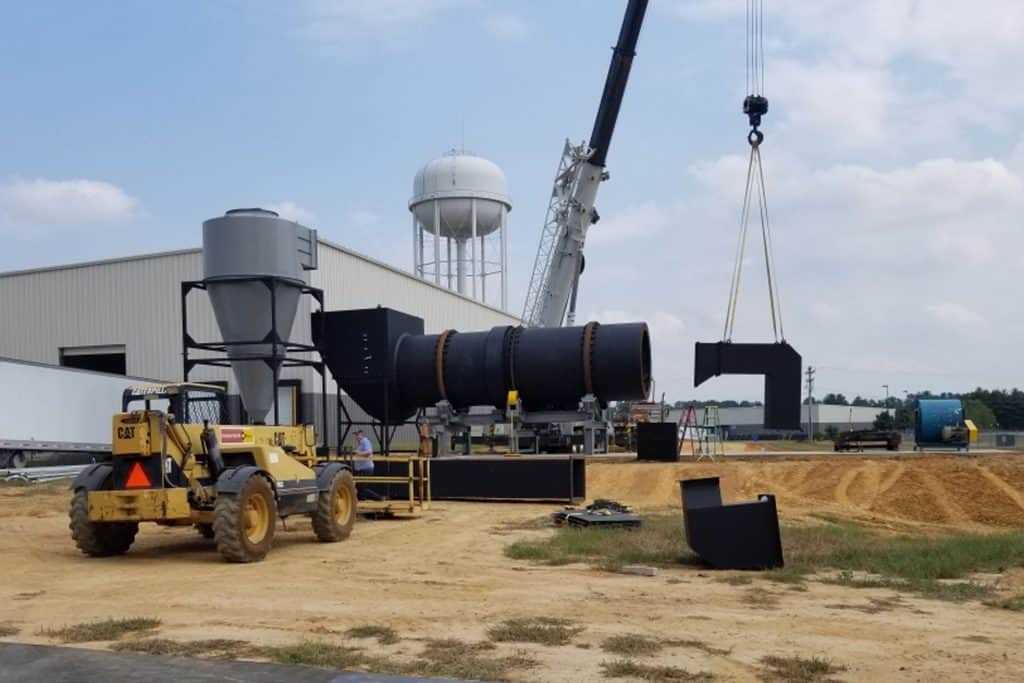By : Branden Drew
In today’s world, pollution control is one of the most important aspects of a process. Whether it is
preventing toxins from entering the air, poisoning water sources, or littering the earth, preventative
measures must be taken. Cyclones are a form of pollution control that reduces larger sized particulate
matter in vapor streams. Due to their cone like shape, the inlet gas begins to spiral and pushes the
particulate matter to the outer walls due to centrifugal force. As the gas and particulate matter reach
the bottom of the cone, the particles fall out of rotation and exit through the bottom while the clean gas
is pulled back up by an ID fan. Cyclones work best for particle sizes between 10 and 200 micrometers
and have removal efficiencies between 50-99%.
To size a cyclone, you must know the volumetric flow rate, gas density, and design inlet velocity of your
vapor stream. This allows you to calculate your inlet and outlet diameters and the diameter of the
cyclone. From here the outlet length, cylinder height, overall height, and dust outlet can be calculated
using calculations that are appropriate to the model of cyclone you are designing. At Vulcan® Drying
Systems, we design cyclones to be properly sized for the customer’s process. We have used cyclones (by
themselves or with a baghouse or venturi scrubber) for drying wood chips, hemp, biomass, manure, fly
ash, and more. Since cyclones do not have moving parts, they are relatively cheap to manufacture and
are easily maintained. For more abrasive materials, cyclones can be lined to prevent wear and tear and
extend its lifespan. All Vulcan® Drying Systems have the option of including pollution control and
inlet/discharge conveyors. Visit the Vulcan® Drying Systems website for a free quote.
The article below gives a visual representation of how a cyclone works.
Related Article: https://energyeducation.ca/encyclopedia/Cyclone_separato




